
Born in Fuente Vaqueros,
As a poet, his early reputation rested on the Romancero gitano (Madrid, 1928; tr. R. Humphries, The Gypsy Ballads of García Lorca, Bloomington, 1953), the poems of Poema del Cante Jondo (Madrid, 1931), and Llanto por Ignacio Sanchez Mejias (Madrid, 1935; tr. A. L. Lloyd, in Lament for the Death of a Bullfighter, and Other Poems, London, 1937), all profoundly Andalusian, richly sombre in their mood and imagery, and disquieting in their projection of a part-primitive, part-private world of myth moved by dark and not precisely identifiable forces; but, beneath the flamenco trappings, there is a deeper - perhaps personal - anguish, as well as a superb rhythmical and linguistic sense (the Llanto is one of the four best elegies in the Spanish language). Critical interest has since shifted to the tortured, ambiguous and deliberately dissonant surrealist poems of Poeta en Nueva York (Mexico City, 1940; tr. B. Belitt, Poet in New York, London, 1955), and to the arabesque casidas and gacelas of Divein de Tamarit (NY, 1940). An early major anthology in English is Poems (tr. S. Spender & J. L. Gili,
As a dramatist, early romantic pieces with social implications such as Mariana Pineda (Madrid, 1928; tr. J. GrahamLuidn & R. L. O'Connell in Collected Plays, London, 1976) and the comic invention of La zapatera prodigiosa (first performed 1930, amplified 1935, pub.
His reputation as a playwright rests, however, mainly on the three 'folk tragedies', Bodas de sangre (Madrid, 1935; Blood Wedding), Yerma (Buenos Aires, 1937) and La casa de Bernarda Alba (Buenos Aires, 1940; The House of Bernarda Alba: all three tr. J. Graham-Lujan & R. L. O'Connell, in III Tragedies, NY, 1959, incorporated into Collected Plays), whose settings recall the Romancero gitano, as do the unspecified dark forces (associated with earth, blood, sex, water, fertility/infertility, death, and the moon) which appear to manipulate the characters in Bodas de sangre and Yerma. Both these plays are richly poetic, with an almost ritualized primitivism (Lorca was highly superstitious, and his dark forces were not mere dramatic ploys).
La casa de Bernarda Alba is starker: deliberately prosaic, more readily interpretable as social criticism (i.e. of the pressures of convention, the imprisoning effect of mourning customs, the frustration of female sexuality by the need to wait for an acceptable match), but it is so dominated by the title character - who tyrannizes her five daughters - that it emerges as the study of a unique individual rather than a typical woman. Each tragedy has one outstanding female role, those of Yerma and Bernarda having been written for the great tragic actress Margarita Xirgu.
Lorca's technical experimentation (which has affinities with innovators as dissimilar as PIRANDELLO and BRECHT) was immensely versatile, and he had a superb sense for stage-effects to reinforce the web of his recurrent imagery.
Robert Pring-Mill (Fellow of St. Catherine's College,
from The
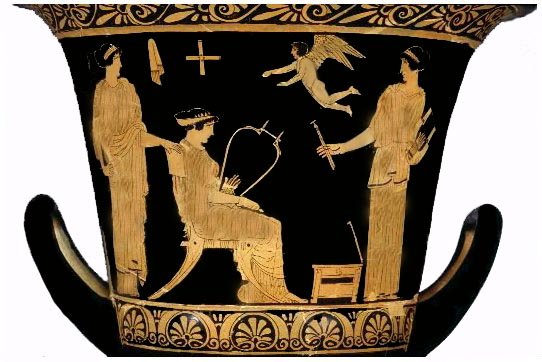
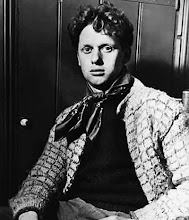



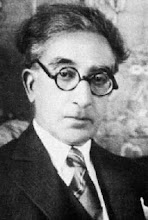
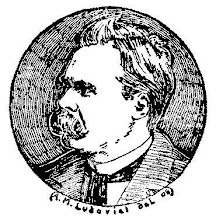
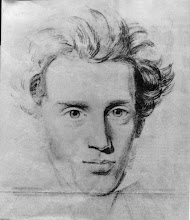


1 comment:
Misfortunes tell us what fortune is.
Post a Comment